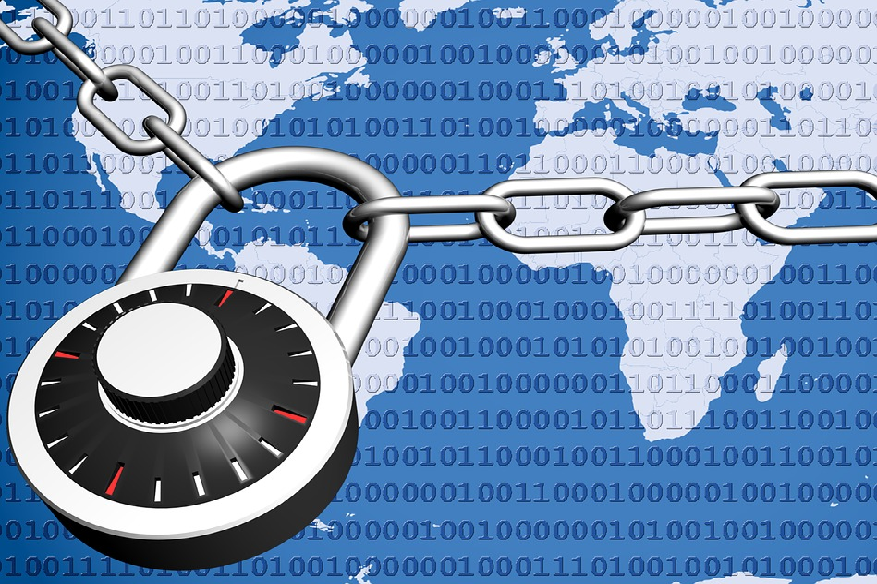Edge Computing: What Is It And Its Relation To IoT?

When the Internet protocol was conceived by the team of Vint Cerf in the ‘70s, they have decided that the Arpanet (the first name of the Internet) will never exceed 4 billion nodes (devices). Four billion is a big number in the early days of computing, the ‘70s was totally a different era, where there was no smartphones, no laptops, no desktop PCs. Computers are as huge as a football field, and used punch cards for storing data, as hard drives (which were invented by IBM in 1956) were very expensive.
Fast forward today, home appliances that used to be immaterial and has no business to be connected to the Internet, are actually connected to the Internet. It is estimated that by 2025, 75 billion of these devices we now know as IoT (Internet-of-Things) will go online. 75 billion in an order of magnitude more than what IPv4 can ever handle, even with the extensive use of NAT (Network Address Translation).
The proliferation of IoT devices in homes and the enterprise gives rise to a whole new meaning of “big data”. Data collection is ripe, not only from the vulnerable massive server farms but also from ordinary household appliances that run 24/7 collecting information. IoT’s existence coincided with the growth of cloud computing, and even the IoT vendors themselves are usually also involved with a cloud-computing service business if not the devices they sell itself interacts with a cloud-solution.
If you think you’re finally familiar with technology, new technologies will appear and the latest technology has been used in no time. One of the latest innovations in cloud computing. Dropbox, Google Drive, Amazon Web Services, etc. are all operated in the cloud. When you use the cloud, you store information on a shared server rather than storing information on your computer. With the adoption of this technology by many companies and individuals, cloud services have become commonplace today. This “marriage” gives way to a new term: “edge computing”. Corporate and individual spending for acquiring edge computing-compatible devices are estimated to reach $11.2 billion by 2024.
In edge computing, data generated by IoT devices is processed near the devices rather than being sent to distant places such as data centers and clouds. As this computing approaches the “edge” of the network, companies can analyze critical data in near real-time, enabling faster and more efficient data transfer with IoT devices. This technology prioritizes data locally, which reduces backhaul traffic that is concentrated in the repository. This is important in that it reduces the reliance on WiFi and data networks. Most devices and machines can be used in an edge computing environment by enabling Internet connection. Computer systems such as Amazon Web Services will be available under the edge computing implementation. Familiar equipment such as interphones, toasters, toilets, and private cars can be edge devices.
“Edge Computing and 5G, supported by continued advancements in machine learning and AI-derived algorithms, will continue to be the key drivers of Big Data analytics and complex real-time analysis at the Edge of networks,” explained Elson Sutanto, researcher at Juniper Research.
For those who have heard of edge-computing just now, here are some of its advantages:
- Cost savings: One of the major concerns about IoT is the upfront cost of network bandwidth, data storage and computing power. Because edge computing can perform large amounts of data calculations locally, companies can choose which services to run locally and which to send to the cloud. This will reduce the final cost of the entire IoT solution.
- Traditional Devices and Edge Devices: Edge devices act as an intermediary between traditional and new machines. As a result, you can connect traditional industrial machines to new machines and IoT solutions, and have the immediate advantage of being able to gain insights from conventional machines and new machines.
- Security: Edge technology allows you to eliminate device-cloud traffic. You can also filter confidential information locally and choose which information to send to the cloud. This allows the user to build the right-in-place security framework that is essential for corporate security and auditing.
- Stable operation with limited connectivity: If the Internet connection associated with oil fields, farm feed pumps, solar power plants and wind power plants is unstable, things get confusing. The ability to store and process data on the edge prevents data loss and operational failure in a limited internet connection environment.
- Response time: Edge computing does not have to go back and forth in the cloud, reducing latency and making responses faster. This can prevent operation breakdowns and unexpected accidents.
Related Blogs: